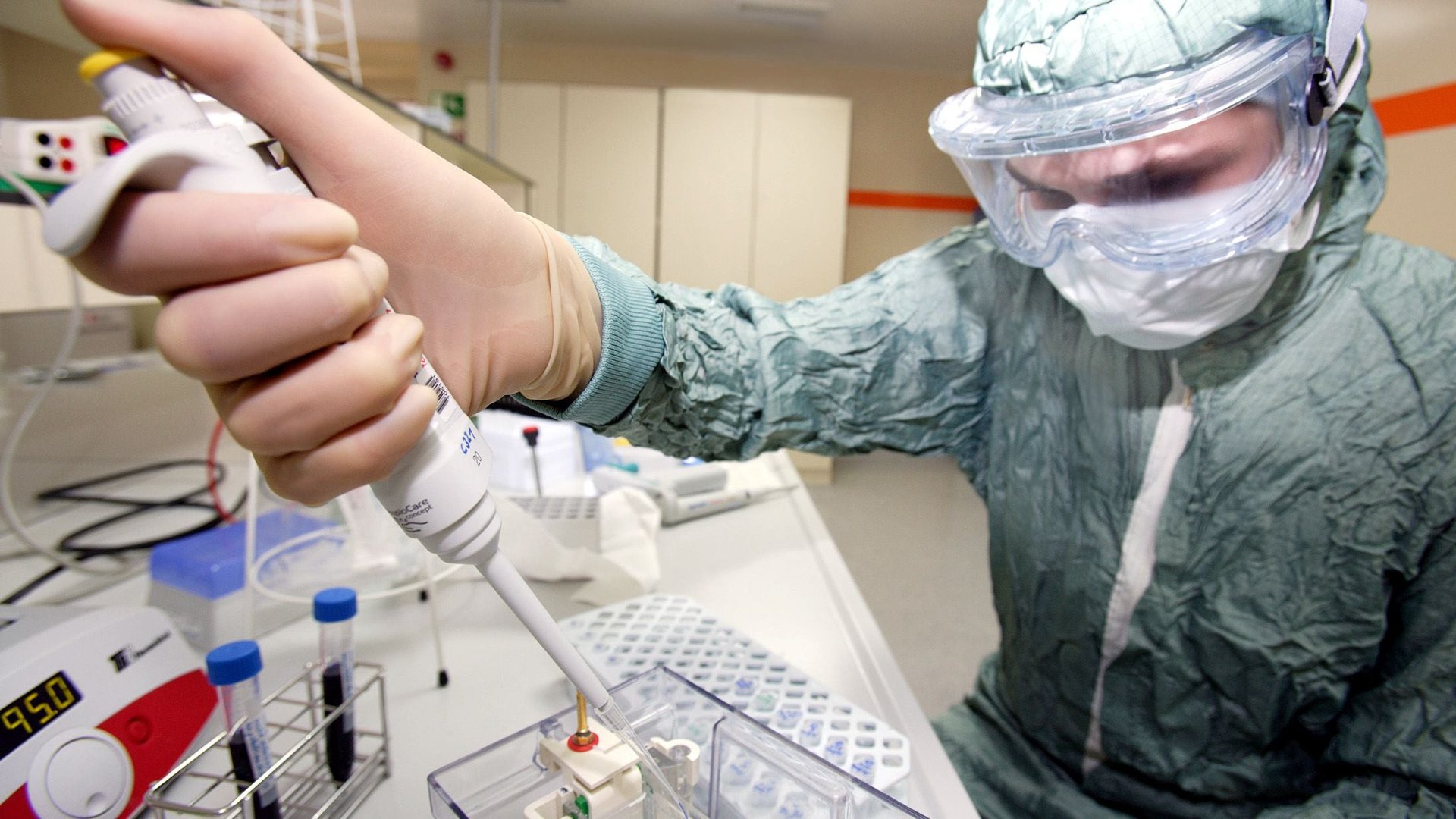Did Glaxo’s scientists miss a blockbuster Alzheimer’s drug?
This week’s US IPO of Axovant Sciences tells quite a story about the state of the biotech industry today—and will convince you that at least one of the parties involved doesn’t know what they are talking about.


This week’s US IPO of Axovant Sciences tells quite a story about the state of the biotech industry today—and will convince you that at least one of the parties involved doesn’t know what they are talking about.
Axovant is a company based around a drug to treat Alzheimer’s. The medicine hasn’t been approved for use by the US Food and Drug Administration yet. Investor Vivek Ramaswamy created Axovant to purchase RVT-101, a drug that had stalled in development, from GlaxoSmithKline in December 2014, for $5 million plus a share of future royalties.
Now, the company is planning a $315 million IPO that would value the firm at $1.3 billion. That’s a huge jump in value over six months where virtually nothing has fundamentally changed except the willingness of an investor to push the drug into another round of trials for FDA approval.
Only five drugs are approved to treat Alzheimer’s, a severe form of senile dementia that affects about 5 million people in the United States. If Axovant can bring its drug to market, it could be a blockbuster. But getting government approval is not guaranteed. From 2002 to 2012, there was just a .04% success rate of Alzheimer’s drugs meeting the standard.
In one sense, buying into the Axovant IPO is bet that Glaxo’s drug development team made the wrong call in ceasing development on RVT-101—or that its executives made the wrong cost-benefit calculation on following through. Big pharma makes mistakes, and this could be a billion-dollar oversight.
But another bet an investor might be making is that the bubble in biotech will lift this stock regardless of the science underneath it. For the last two years, the bull market in biotech and pharmaceuticals has outstripped even the frothy S&P 500:

Some insiders may be planning for a short ride on the wave. As Adam Feuerstein at TheStreet.com has noted, the lock-up period for preferred investors in Axovant is a relatively short 90 days following the IPO, after which they are free to sell their shares. And Ramaswamy’s brother and mother are holding options for 1 million shares of the company, with an exercise price of 90 cents—for a stock expected to list at $15.
With the drug not expected to be submitted for market approval until 2017, the easy exits available to insiders might make investors who aren’t in on the deal a bit wary about where the share price will go during the course of the approval process.